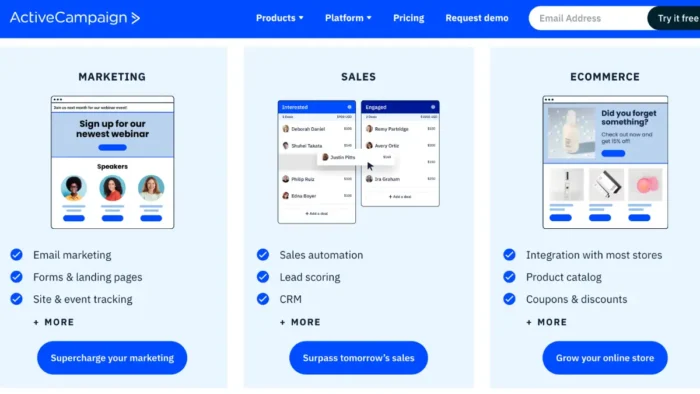Creating digital experiences that are locally relevant yet globally resonant in an increasingly interconnected world is becoming increasingly important. Medical websites can be optimized for diverse audiences worldwide through careful design strategies and dedication to understanding cultural nuances.
From crafting content in multiple languages to utilizing technology such as translation services or voice recognition software, this article will explore the challenges of designing and optimizing medical websites across numerous countries, ultimately equipping you with invaluable insights on how to foster engagement from all corners of the globe.
An Overview of the Digital Disparities in International Healthcare Practice
Access to digital healthcare services is increasingly vital in the modern healthcare landscape. Yet, digital disparities persist globally, disproportionately impacting vulnerable populations from underserved areas. The digital divide provides clear evidence of the socio-economic determinants of health that systemic inequalities perpetuate. Healthcare providers face numerous challenges in implementing practical and accessible digital healthcare services, including infrastructure limitations and inadequate funding.
These digital disparities perpetuate adverse outcomes in healthcare, from misdiagnosis to delayed treatment. To address these disparities, increased investment in digital health equity is a critical step forward for accessible and inclusive healthcare systems worldwide. Medical search engine marketing is crucial in this endeavor, potentially improving access to health-related information for individuals of all backgrounds.
Understanding Local Laws and Regulations to Ensure Compliance
One of the crucial initial steps in designing and optimizing medical websites for diverse audiences is gaining a deep understanding of local laws and regulations. Each country has its unique set of rules governing digital health services, encompassing various aspects ranging from privacy laws to advertising regulations. It is imperative to have a comprehensive grasp of these laws to ensure compliance and safeguard the confidentiality of patients.
Furthermore, it is worth noting that specific countries may impose restrictions on the types of medical information that can be shared online. This knowledge plays a vital role in crafting a website that caters to a wide range of audiences while proactively avoiding any potential legal issues that may arise. By diligently adhering to these regulations, a medical website can provide valuable information and establish trust and credibility among its users, ultimately fostering a positive user experience.
Developing Cross-Cultural Accessibility for Clinical Websites
Beyond complying with local laws, designing for diversity goes beyond simply translating content into multiple languages. Website design must also consider cultural nuances and accessibility needs of diverse audiences. For example, certain cultures may have specific beliefs or values impacting their healthcare service perception. It is essential to be mindful of these differences when creating website content and visuals.
Moreover, accessibility for individuals with disabilities or language barriers should also be a top priority in website design. It can include features such as alternative text for images and videos, captioning for audio content, and the option for multilingual navigation. By designing with inclusivity, medical websites can better serve diverse audiences and promote equitable access to healthcare information.
Strategies for Communicating with a Diverse Audience
Effective communication plays a vital role in engaging with a diverse audience. To cater to various language preferences, providing content in multiple languages is crucial. However, language is just one aspect to consider. The tone and style of communication also greatly influence audience engagement. For instance, certain cultures respond better to a more formal manner, while others appreciate a more personal approach.
In addition to language and tone, it is essential to accurately and appropriately translate medical terminology for each target audience. It ensures that information is understood and received correctly. To identify potential cultural or language barriers, actively seeking feedback from community members during website design and messaging development can be immensely helpful.
Furthermore, leveraging technology such as translation services or voice recognition software can bridge communication gaps and promote inclusivity. These tools aid in delivering messages effectively to diverse audiences. Regularly assessing and updating these technological resources is essential to maintain accuracy and effectiveness.
Incorporating Cultural Competency into Design Practices
Cultural competency is understanding and effectively communicating with individuals from different cultural backgrounds. In the context of designing and optimizing medical websites for diverse audiences, having cultural competency is essential. It allows for a deeper understanding of the needs and preferences of different cultures, enabling designers to create more effective and relevant digital experiences.
Cultural competency also involves being open-minded and respectful of cultural differences. It can be achieved by conducting research, seeking feedback from diverse community members, and continuously learning about different cultures and their unique perspectives on healthcare. By incorporating cultural competency into design practices, medical websites can become more inclusive and ultimately improve the overall health outcomes of individuals worldwide.
Evaluating the Impact of Design on International Patients
It is crucial to evaluate the impact of design on international patients regularly. It can include conducting surveys or focus groups to gather feedback on website usability, communicating information effectively, and overall satisfaction with the digital healthcare experience. By collecting and analyzing this data, designers can continuously improve and optimize medical websites for diverse audiences. Additionally, involving international patients in the design process as co-creators or consultants can help ensure their needs are accurately represented in the final product.
Finally, continuously monitoring and updating website analytics can provide valuable insights into the use of medical websites by diverse audiences. This data can inform future design decisions and help measure the success of efforts toward promoting diversity, equity, and inclusion in digital healthcare services. By prioritizing these strategies, we can work towards a more equitable and accessible future for all individuals seeking healthcare information online.





